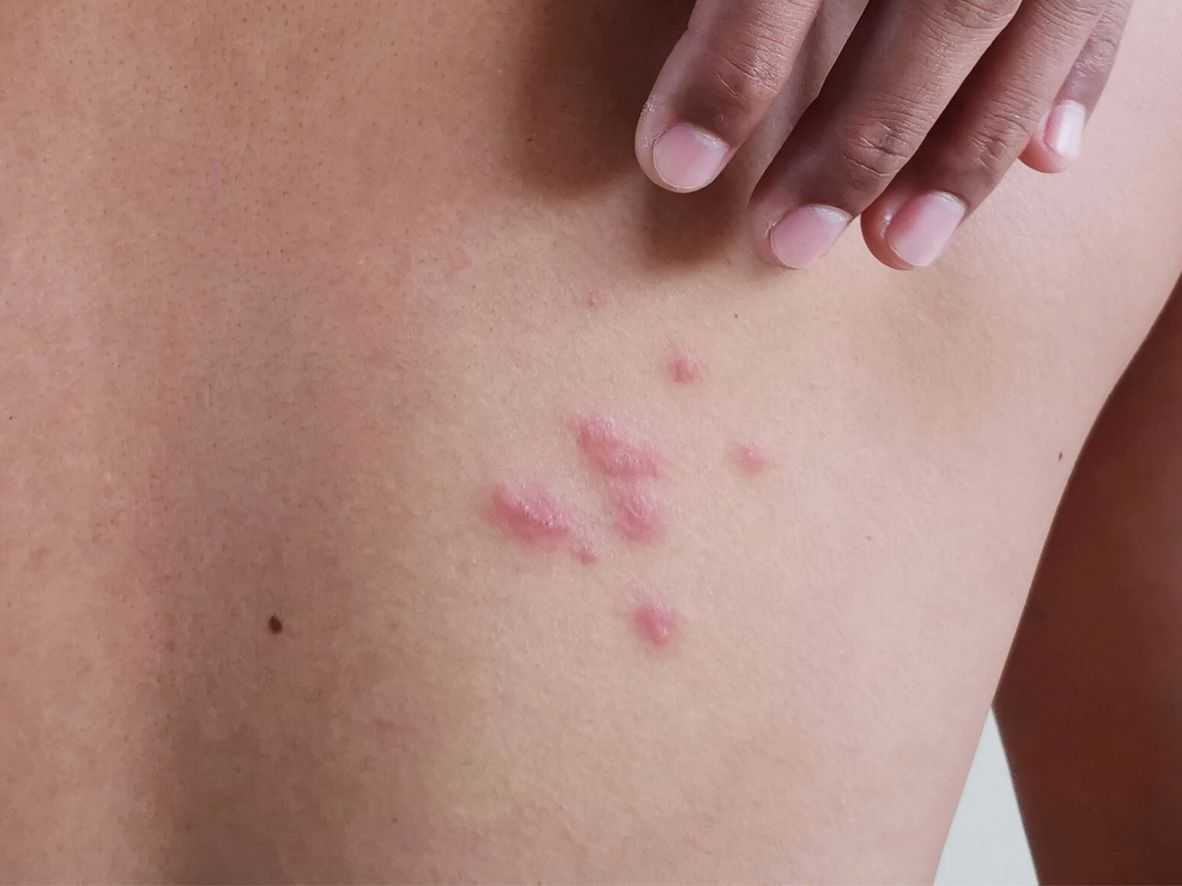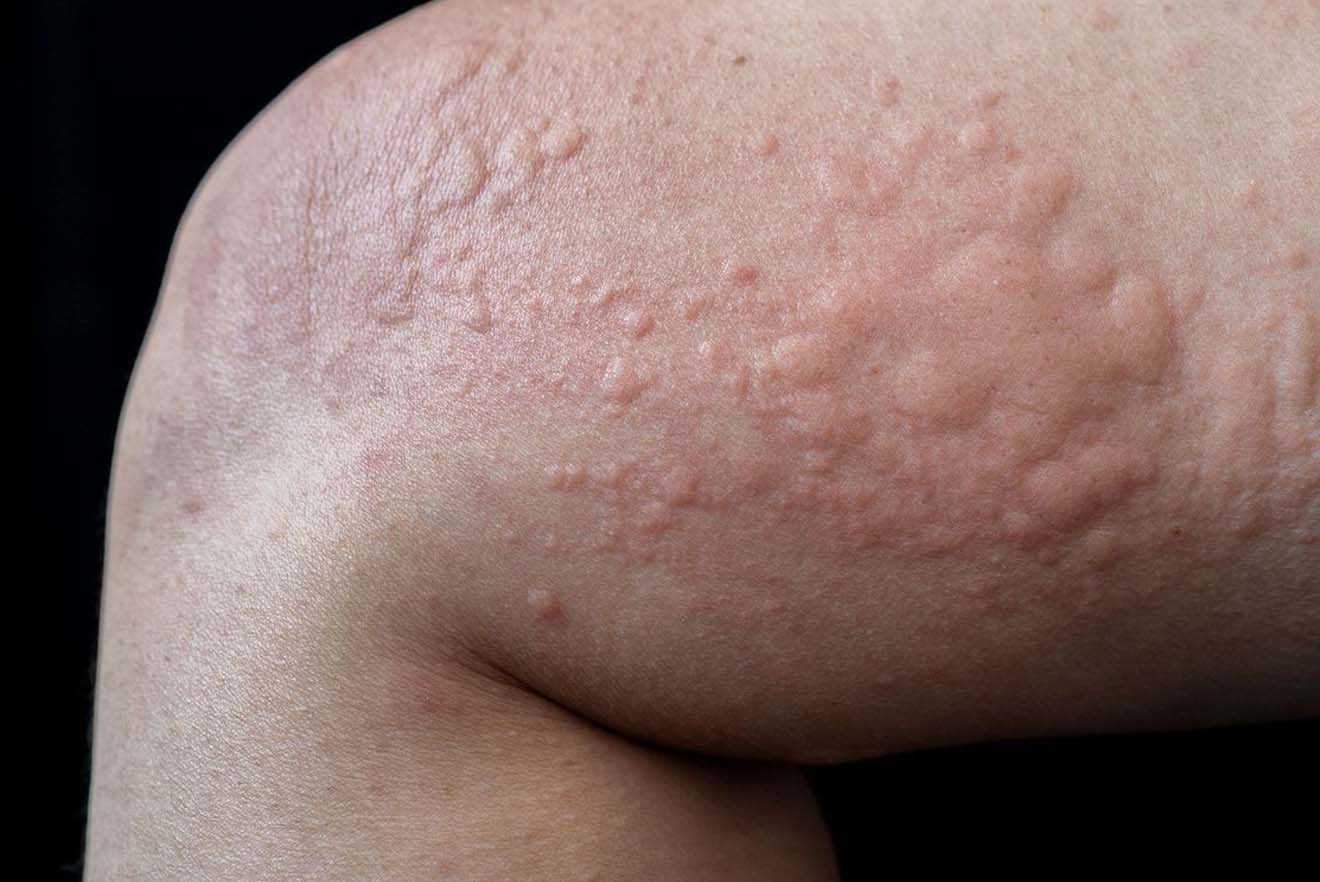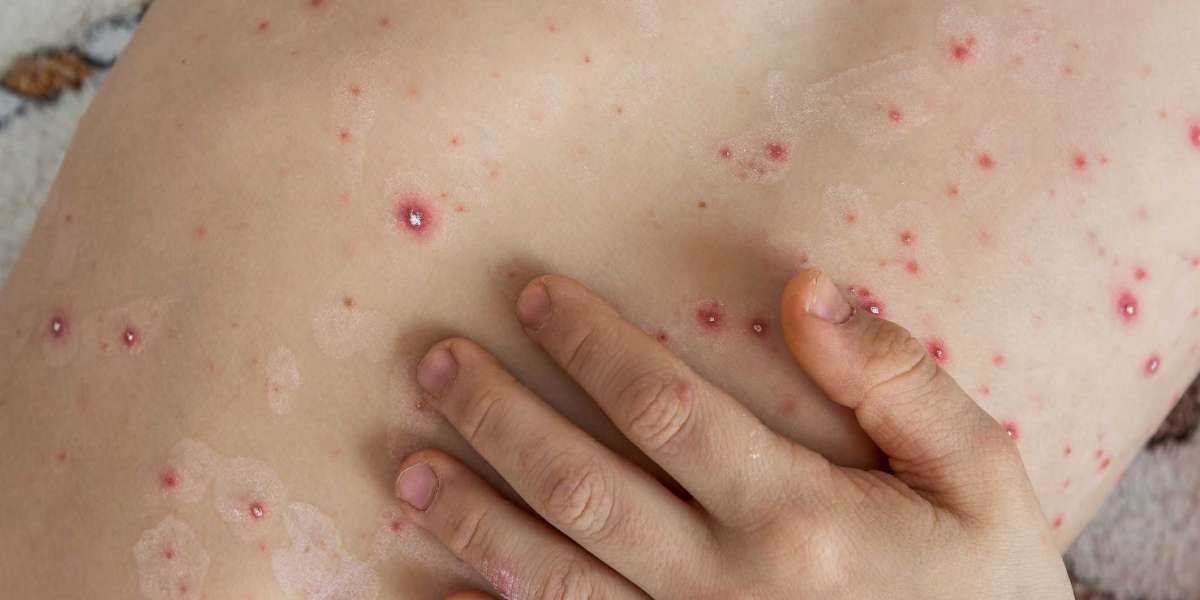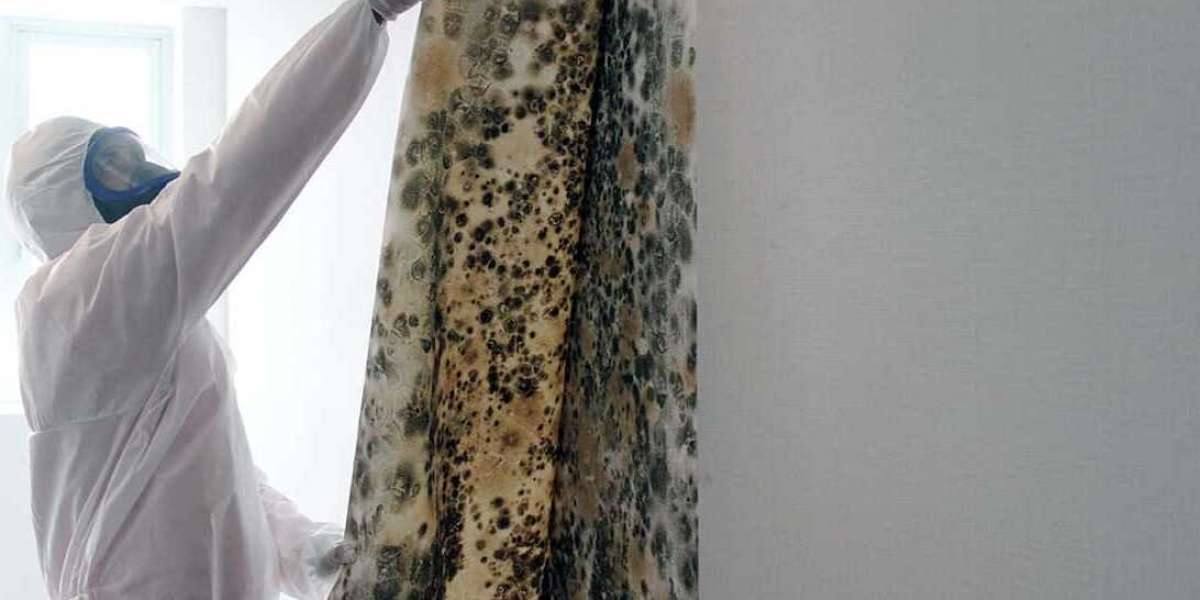Rashes are common in children and can arise from various causes, including allergies, infections, and environmental factors. Understanding the symptoms and types of rashes can help parents effectively identify the underlying issues and determine the best course of action for treatment. This article explores common rash symptoms in children, the various causes, and how to manage them effectively.
Understanding the Types of Rashes
Rashes in children can be broadly categorized into several types, each with distinct characteristics and causes. Allergic rashes result from an immune reaction to allergens, such as certain foods, medications, or plants like poison ivy. They typically present as red, itchy patches and can vary in severity depending on the individual’s sensitivity to the allergen. Infectious rashes are caused by viral or bacterial infections. For instance, conditions like chickenpox and measles produce characteristic rashes that can help in diagnosing the infection. Irritant rashes occur due to contact with irritating substances, such as harsh soaps or chemicals. Diaper rash, caused by prolonged exposure to moisture and irritants, is a common example in infants. Understanding these categories allows parents to better recognize the signs of a rash and consider appropriate responses.

Common Symptoms of Rashes in Children
The symptoms of rashes in children can vary widely based on their cause. Some common symptoms include redness, swelling, itching, and the presence of raised bumps or blisters. The intensity and combination of these symptoms often depend on the underlying issue. For example, allergic rashes may be intensely itchy and red, while viral rashes may be accompanied by systemic symptoms like fever and fatigue. In addition, some rashes can also cause peeling or flaking skin, indicating irritation or infection. Parents should observe any accompanying symptoms, as they can provide crucial clues about the rash's origin, helping to inform decisions about treatment and whether to seek medical advice.
Itching and Discomfort
Itching is one of the hallmark symptoms of many rashes and can significantly affect a child's comfort and behavior. When children experience itching, they may scratch or rub the affected areas, leading to further irritation and possibly even infection. Itching can stem from various sources, including histamine release during an allergic reaction or skin inflammation. To alleviate discomfort, parents can apply cool compresses to the affected areas or use topical treatments containing calamine lotion or hydrocortisone cream. Additionally, oral antihistamines may be beneficial for controlling itching and improving sleep quality. It's essential for parents to take itching seriously and address it promptly to avoid complications such as secondary infections caused by scratching.
Appearance of the Rash
The appearance of the rash plays a significant role in determining its cause. Rashes may vary in color, shape, and texture, offering clues about the underlying condition. For instance, a flat or raised red rash might suggest an allergic reaction, while a blistering rash could indicate chickenpox or another viral infection. The location of the rash is also informative; for example, a rash confined to the diaper area might suggest a yeast infection or contact dermatitis. In contrast, a widespread rash could be indicative of a systemic infection. Parents should carefully document the rash's characteristics, such as its color, shape, and any changes over time, as this information will be valuable during medical consultations.
Duration and Progression of the Rash
The duration and progression of a rash are critical factors that can indicate its severity and potential cause. Some rashes, especially those caused by viral infections, may resolve spontaneously within a few days, whereas others may persist for weeks or worsen if not treated. For example, a rash due to a common viral infection like roseola may fade within a few days, while rashes caused by allergic reactions can linger until the allergen is removed. Parents should monitor the rash closely, noting any changes in appearance or symptoms. If the rash does not show signs of improvement after a few days or continues to evolve, it's crucial to consult a healthcare provider for further evaluation and possible treatment options.
When to Seek Medical Attention
Knowing when to seek medical attention for a rash is essential for ensuring proper treatment and avoiding complications. Parents should contact a healthcare provider if the rash is accompanied by high fever, significant swelling, or signs of infection, such as pus or drainage. Moreover, if the rash spreads rapidly or is associated with severe symptoms like difficulty breathing or swelling of the face, immediate medical attention is necessary. Conditions such as anaphylaxis, a severe allergic reaction, can develop rapidly and require urgent care. Parents should err on the side of caution and seek professional advice whenever they have concerns about a rash or their child’s overall health.
Prevention of Rashes
While it may not be possible to prevent all rashes, there are several strategies parents can employ to minimize the risk. Maintaining good skin hygiene is fundamental; keeping the skin clean and moisturized helps create a protective barrier against irritants and allergens. Using gentle soaps and avoiding harsh detergents can also help protect sensitive skin. In addition, parents should be vigilant about avoiding known allergens and irritants, such as certain foods, environmental triggers, and chemicals found in skincare products. Dress children in breathable, soft fabrics to reduce irritation caused by friction and heat. Educating parents about common triggers can empower them to take proactive measures to safeguard their child's skin health.

Conclusion
Understanding the common symptoms of rashes in children is essential for parents and caregivers. By being aware of the types of rashes, their symptoms, and appropriate management strategies, parents can effectively address their child's skin issues. Timely recognition and treatment can significantly improve a child's comfort and overall health, making it crucial to stay informed about rash symptoms and when to seek medical advice.
FAQs
What causes rashes in children?
Rashes in children can be caused by a variety of factors, including allergies, infections, irritants, and environmental conditions. Common causes include contact with certain plants, insect bites, and viral infections like chickenpox.
How can I relieve my child's itching from a rash?
To relieve itching, you can apply cool compresses to the affected area, use over-the-counter antihistamines, and keep your child's nails short to prevent scratching. Additionally, moisturizing creams can help soothe dry skin.
When should I take my child to the doctor for a rash?
You should take your child to the doctor if the rash is accompanied by a high fever, spreads rapidly, shows signs of infection (such as pus), or if your child has difficulty breathing.
Are there any home remedies for treating rashes?
Home remedies include applying aloe vera gel or oatmeal baths to soothe irritated skin. However, it's important to consult a healthcare provider before trying any home treatments, especially for severe rashes.
Can rashes be prevented?
While not all rashes can be prevented, you can minimize the risk by keeping your child's skin clean and moisturized, using hypoallergenic products, and avoiding known allergens.









